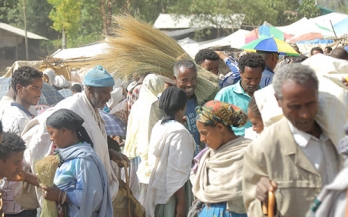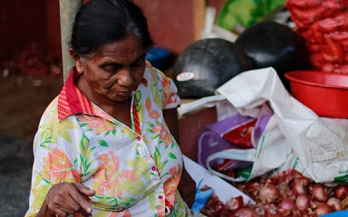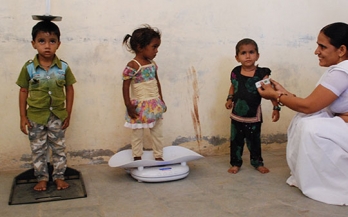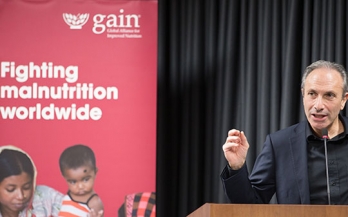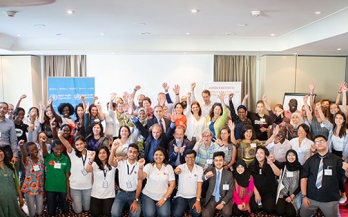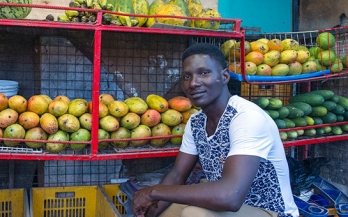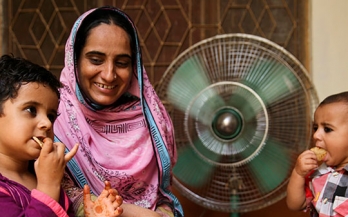This is an exciting time to be in Ethiopia. A new Prime Minister, Dr. Abiy Ahmed Ali, was appointed in early April and the newly reshuffled cabinet was announced last week. We will certainly be working with GAIN and partners in Ethiopia to try to convince the new PM and his team that malnutrition sits uncomfortably in a nation that sees itself as a middle income country by 2025, a leading light in Africa, and a source of manufacturing and innovation.
This week sees the launch of the third global index and it provides a highly credible set of scores. The Access to Nutrition Index (ATNI) is one of the few independent science-based mechanisms to fame and shame the 22 biggest food and beverage companies on their efforts to improve nutrition through the marketing and formulation of their products.
Why we might be interested in reducing food loss and waste? To improve food security, to improve food safety, to reduce wasted resources and to increase profits along the food supply chain.
The consistent evidence that childhood stunting is associated with poor child development and school performance and health and human capital development more generally has elevated nutrition in the development agenda. The result has been an unprecedented focus on addressing stunting and some renewed development resources focused on doing so.
As the 2016 Global Panel Report on Food Systems and Diets noted, average households in nearly all countries in the world acquire the majority of their food from the market. Most of these purchases are of packaged foods. In addition, we know that the sales of processed foods are flat in high-income countries while increasing in middle-income countries.
My delight at being told that I was one of 2018’s World Food Prize Laureates was matched only by, well, sheer surprise. It became clear that the contribution being recognised was the ability to be effective in multiple roles in order to help elevate nutrition to the “top table” of development. In other words, to help convince powerful decision makers that good nutrition is fundamental to delivering the Sustainable Development Goals (SDGs).
A couple of weeks ago GAIN and the World Health Organization (WHO) organised a consultation “Adolescents: Agents of Change for a Well Nourished World”. This was the third in four “stepping stones” towards forging a consensus on promising approaches for programming to improve adolescent nutrition outcomes. The x-factor in the consultation was the participation of 10 adolescents from Bangladesh, Indonesia, Pakistan and Zambia.
At GAIN, over the last six months we’ve been building a new Nutritious Foods Financing programme starting in East Africa. The potential of the programme is becoming increasingly exciting as data becomes available showing the scope and viability of SMEs to deliver more nutritious foods, if appropriate private investments are unlocked.
I just returned from a trip to Islamabad to meet the GAIN team and some of our partners. I’m no expert on Pakistan, but compared to 2013, the commitment to accelerate reductions in malnutrition seems to have increased significantly. Nutrition is reported to be much more prominent in the next 5 year draft National Development Plan which is waiting to be ratified by the new Government elected in late July.
Food safety issues have almost no visibility. This is very strange on both counts. As the presentations at the Pontifical Academy of Sciences – GAIN technical workshop in the Vatican made clear, food safety threats are on the rise as food systems modernise but the capacity to control those risks lags behind.
